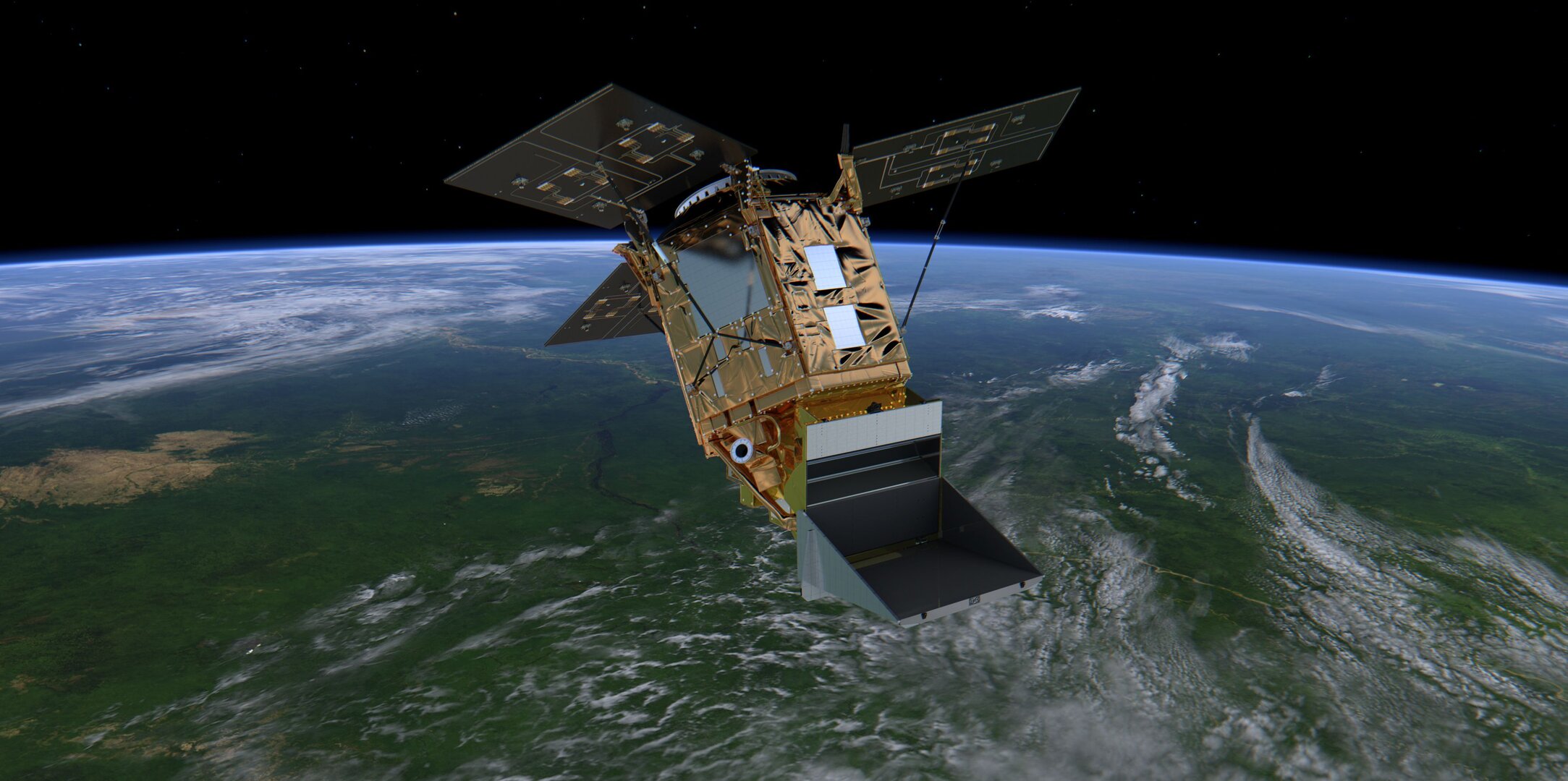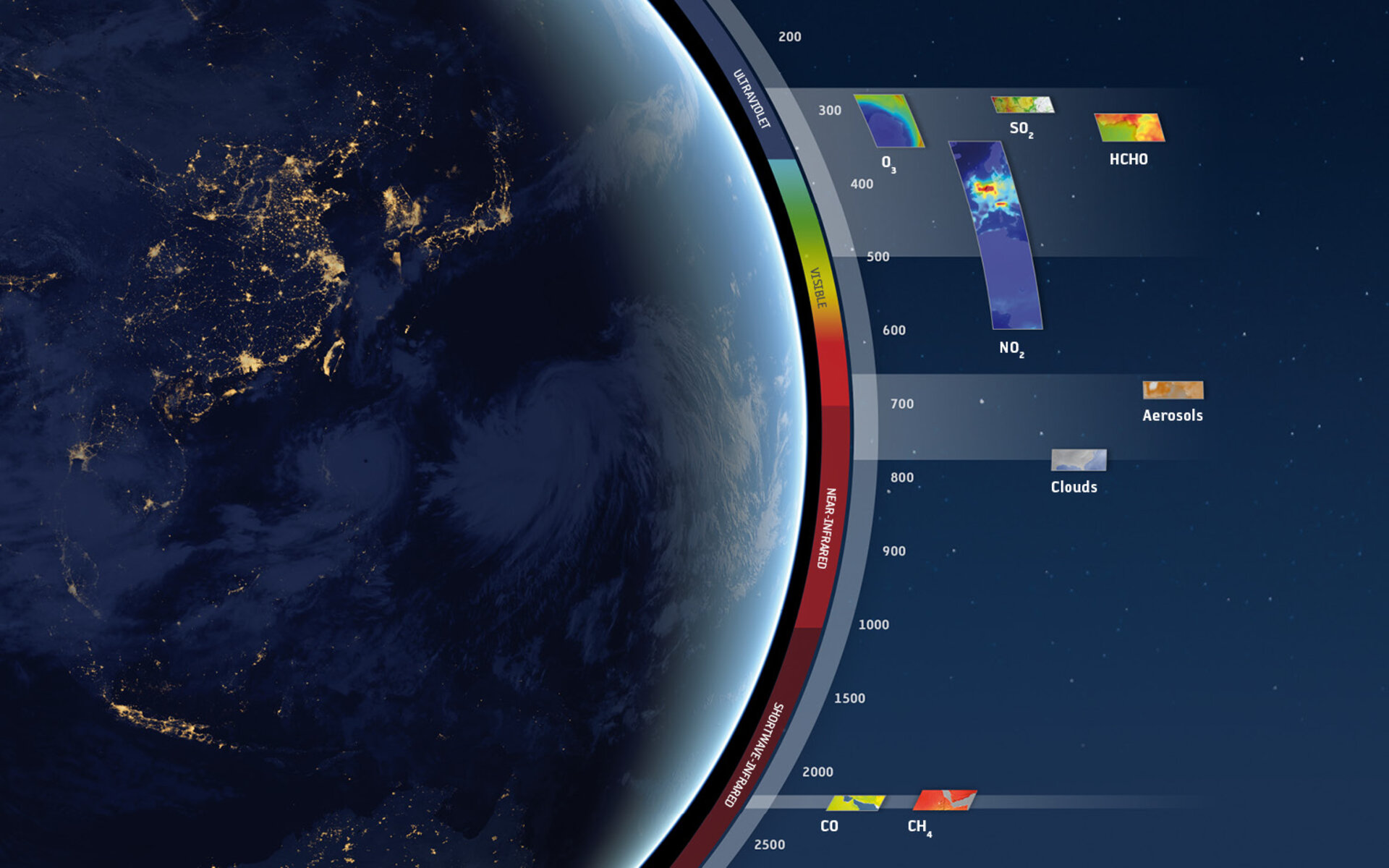Unravelling the Mysteries of Atmospheric Methane using Satellite Data, Machine Learning, and Data Assimilation
Unravelling the Mysteries of Atmospheric Methane using Satellite Data, Machine Learning, and Data Assimilation
Methane (CH4), a potent greenhouse gas, plays a pivotal role in the Earth’s atmospheric chemistry and radiative balance. Understanding its sources and sinks – how and where it is emitted or destroyed – along with the complex physical and chemical pathways of methane in the atmosphere, is a crucial step in addressing climate change. In recent years, advances in satellite technology have provided us with high-quality observational data for atmospheric CH4, while sophisticated techniques such as data assimilation and machine learning have emerged as valuable tools for studying the atmospheric methane cycle. This research proposal explores CH4 sources and sinks, investigating how the integration of novel satellite data, data assimilation techniques, and machine learning can enhance our understanding of the physical-chemical processes determining the atmospheric CH4 sources and loss mechanisms
The Importance of Atmospheric Methane 
Although methane is much less abundant in the atmosphere than carbon dioxide (CO2), it has 85 times greater global warming potential over a 20-year period. This heightened radiative forcing capability makes methane a substantial contributor to climate change and its growth rate in recent years (since 2020) have been largest on the record. Understanding methane’s role in atmospheric chemistry is pivotal for climate science, as it not only impacts temperature but also influences the formation of ozone, another significant greenhouse gas and a critical component of air quality. Therefore, reducing methane emissions is essential for both climate change mitigation and air quality improvement.
Figure 1: Globally-averaged, monthly mean atmospheric methane abundance determined from marine surface sites since 1983. (Image credit: NOAA Global Monitoring Laboratory)
Sources and Sinks of Atmospheric Methane
Methane enters the atmosphere through both natural and anthropogenic sources. Natural sources include wetlands, termites, wildfires, and geological seepage, whereas anthropogenic sources encompass fossil fuel extraction and combustion, livestock, rice cultivation, and landfills. Understanding the spatial and temporal distribution of these sources and sinks is pivotal for assessing the atmospheric lifetime of methane, assessing potential mitigation strategies, and predicting its concentration in the future.

Figure 2 : Primary methane sources (Image Credit : IPCC)
Satellite Technology: Revolutionizing Methane Monitoring
Satellite technology has revolutionized our ability to monitor and study atmospheric methane. Instruments such as the TROPOMI (Tropospheric Monitoring Instrument) onboard the Sentinel-5P satellite, launched in 2017, provide high-resolution regular measurements of methane concentrations in the troposphere. These data offer invaluable insights into the global distribution and temporal variability of methane (as well as other gases such as ozone, NO2, CO, SO2, HCHO) .


Figure 3: TROPOMI is one of the most advanced satellite instrument (source: ESA)
Methodology:
This project will use diverse machine learning algorithms, such as decision trees and neural networks, and data assimilation techniques along with chemical transport models and satellite data sets to advance our understanding of atmospheric methane sources and sinks (e.g., Dhomse et al., 2023). Decision trees and neural networks play a crucial role in uncovering complex patterns within atmospheric data, aiding in the precise identification and quantification of methane sources. These algorithms can assimilate large volumes of satellite data, discerning between natural emissions like wetlands and human-driven sources like agriculture or energy production. By effectively leveraging these machine learning techniques, we can enhance our ability to attribute methane emissions to their origins with higher accuracy.
Furthermore, data assimilation techniques allow us to seamlessly integrate diverse datasets, including those from satellites and ground-based observations, into chemical transport models (e.g., Wilson et al., 2021). These models simulate the intricate transport and transformation of methane within the atmosphere, providing a comprehensive framework for understanding its sources and sinks. The assimilation process ensures that the models are continually updated with the latest data, enabling real-time adjustments and validation. By coupling machine learning algorithms, data assimilation methods, chemical transport models, and satellite observations, we can create a dynamic and data-driven approach that revolutionizes our comprehension of atmospheric methane dynamics, leading to more effective strategies for mitigating its impact on global climate change.
PhD Studentship Opportunity
To advance our understanding of atmospheric methane budget and contribute to climate change mitigation efforts, this studentship will focus on the use of data assimilation and machine learning techniques to gain insights into the atmospheric methane cycle. The selected candidate will have access to state-of-the-art satellite data, numerical models, and computational resources.
This project will encompass:
- Investigating the drivers of recent variations in the global CH4 budget through integrating satellite CH4 observations into atmospheric models.
- Developing machine learning algorithms to enhance the accuracy of methane source and sink estimates.
- Combining these methods to develop state-of-the-art techniques to allocate and quantify methane emissions from different sectors such as agriculture, wetlands and fossil fuels and anticipate how they might change in the future.
- Collaborating with experts in atmospheric modelling, remote sensing, data assimilation and machine-learning to ensure that research is at the frontiers of climate science.
The combination of satellite data, data assimilation techniques and machine learning holds promise for unravelling the complexities of atmospheric methane. This research proposal will allow aspiring researchers to conduct research that not only advances our understanding of this critical greenhouse gas but also contributes to our collective efforts in mitigating climate change and improving air quality.
References:
Dhomse, S. S. and Chipperfield, M. P.: Using machine-learning to construct TOMCAT model and occultation measurement-based stratospheric methane (TCOM-CH4) and nitrous oxide (TCOM-N2O) profile data sets, Earth Syst. Sci. Data Discuss. [preprint], https://doi.org/10.5194/essd-2023-47, accepted, 2023.
Wilson, C., Chipperfield, M. P., Gloor, M., Parker, R. J., Boesch, H., McNorton, J., Gatti, L. V., Miller, J. B., Basso, L. S., and Monks, S. A.: Large and increasing methane emissions from eastern Amazonia derived from satellite data, 2010–2018, Atmos. Chem. Phys., 21, 10643–10669, https://doi.org/10.5194/acp-21-10643-2021, 2021.

